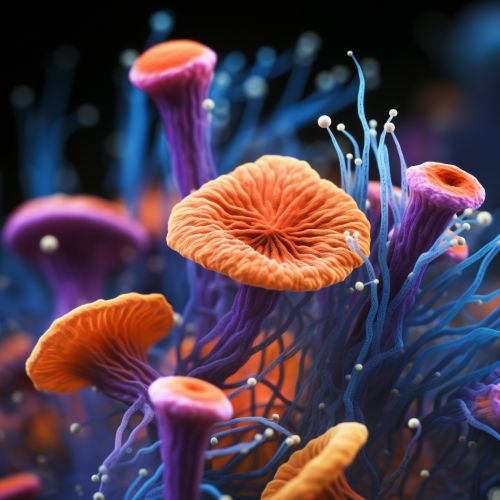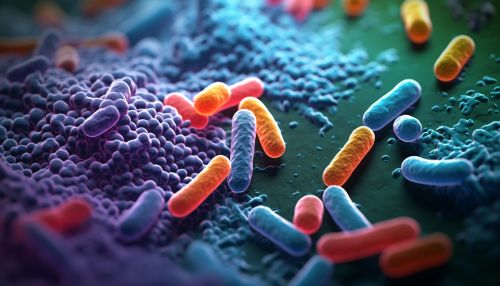Shewanella
Overview
Shewanella is a genus of Gram-negative bacteria that are known for their versatile respiratory capabilities. They are facultative anaerobes, meaning they can thrive in both oxygen-rich and oxygen-poor environments. Shewanella species are found in a wide range of habitats, from deep-sea sediments to freshwater bodies and even in the intestines of some animals.
Classification and taxonomy
Shewanella belongs to the family Shewanellaceae, in the order Alteromonadales, class Gammaproteobacteria, phylum Proteobacteria, and domain Bacteria. The genus was first described in 1985 by MacDonell and Colwell, who named it after the Japanese microbiologist Shigetada Nakanishi.
Physiology and biochemistry
Shewanella species are rod-shaped and motile, possessing one or two polar flagella. They are facultative anaerobes, capable of both aerobic respiration and anaerobic respiration. They are known for their ability to reduce a wide range of electron acceptors, including oxygen, nitrate, nitrite, fumarate, and metals such as iron, manganese, and uranium. This metabolic versatility allows them to survive in a wide range of environments.
Ecology and distribution
Shewanella species are ubiquitous in nature, found in a wide range of environments including marine, freshwater, and terrestrial habitats. They are particularly abundant in sediments, where they play a key role in nutrient cycling and the degradation of organic matter. Some species, such as Shewanella oneidensis, are known for their ability to reduce metals and have been studied for their potential use in bioremediation.
Biotechnological applications
Due to their unique metabolic capabilities, Shewanella species have been explored for various biotechnological applications. Their ability to reduce metals has been harnessed for the bioremediation of contaminated environments, while their ability to produce electricity has been utilized in microbial fuel cells. Furthermore, their ability to produce biofilms has been exploited for the development of biosensors and biocatalysts.
Notable species
There are currently over 60 recognized species of Shewanella. Some of the most well-studied include:
- Shewanella oneidensis: Known for its ability to reduce metals, particularly iron and manganese. It has been extensively studied for its potential use in bioremediation and bioenergy production.
- Shewanella putrefaciens: Commonly found in marine environments and is known to cause spoilage in fish and other seafood.
- Shewanella algae: Originally isolated from the intestines of fish and has been associated with human infections.
See Also


